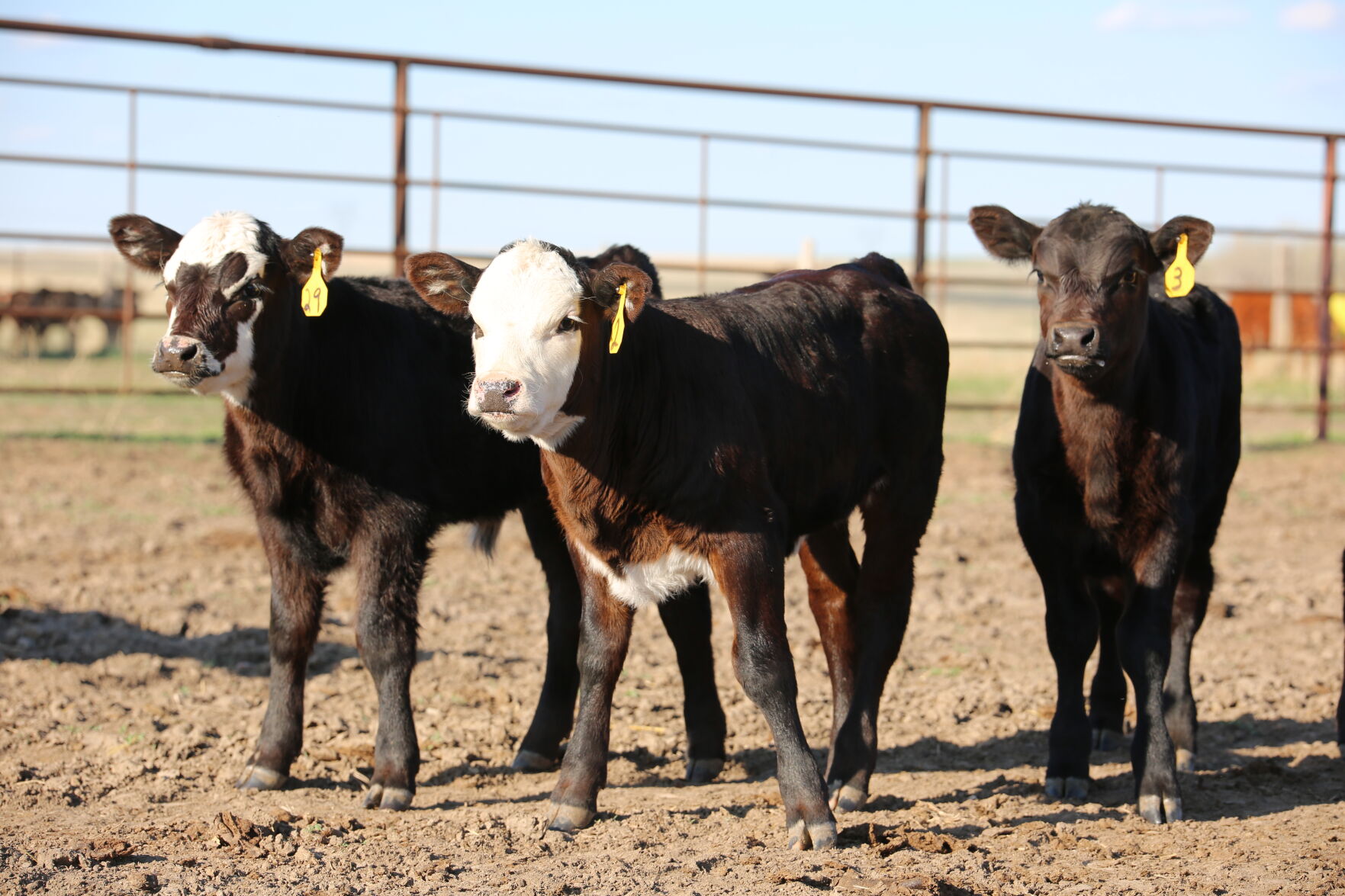A number of things can go wrong in the first few hours, days and weeks of a newborn calf’s life. Inadvertently the cow often causes the trauma to her calf, sometimes resulting in a broken limb.
Dr. Meredyth Jones, DVM, Oklahoma State University College of Veterinary Medicine Food Animal Faculty and associate professor, said the college receives calls all the time about whether or not a calf with a broken limb is worth fixing.
Jones said when it comes to fractures in baby calves, the lower limbs of smaller, lighter animals are much easier to deal with than a bigger, heavier animal. For her, when she gets a call like this, there is a set of details she needs to know before she can determine the next steps.
“You want us to tell you what are the chances and how much is it going to cost?” she said. “What’s it gonna take to fix this fracture?”
First, Jones needs to know if it’s a front or back leg and will they put any weight on it at all or are they packing it.
“If it’s broken, more often than not it’s going to be packing it,” Jones said.
Next, is the swelling above or below the knee or hock?
“If you see bone wiggling where a bone wasn’t meant to be wiggling (it’s likely broke),” she said. “Is it above or below the knee? Above or below the hock? If it is above, chances are it’s going to be more expensive to fix.”
If it’s below those two joints a splint will repair most of those breaks.
“We can fix those pretty inexpensively,” she said. “If you’re going to break your leg you want it to be as close to the ground as you can possibly get, because we can splint that and we can do something about it.”
But the higher up the limb the break is it becomes more problematic. Splints become harder to use and a break above the joint can’t be stabilized like it needs to be.
“If you’re going to stabilize a leg you have to stabilize the joint above and below,” she said. “Well, the higher you get up on the leg—in cattle, I can’t put a splint up to their hip because of their flank.”
The next thing she needs to know is whether or not there is bone sticking out or if there is any bleeding at all.
“And the reason we want to know that is that if there’s blood or bone sticking out, that can mean that it’s an open fracture,” she said. “Most of the time you break your arm and the skin is totally intact. The bone’s just in there flopping around. If a fracture is open, our chances of fixing it are very, very poor because it will be contaminated with bacteria and getting infected and infected fractures do not heal.”
Even if it’s a high dollar animal with a fracture, if there’s bone sticking out or blood, Jones is often not very optimistic on fixing one of these situations.
“We can try, but the chances of us being able to fix that are very poor,” she said. “So that’s why we want to know those things—where, how high or low in the leg it is and is there bone sticking out? Those couple of things that will help me tremendously and help your veterinarian tremendously telling you if we can fix that thing.”
Jones said cow-calf producers also need to take into consideration the temperament of the cow and calf as well, when determining if the break can just heal on it’s own without intervention.
“I think a couple of factors go into that. One is how squirrely is the calf and how squirrely is his mom?” she said. “Because they need to be able to keep that leg relatively still.”
If it is a heifer that’s going to be bumping the calf around and moving it around anytime somebody walks past to check on them, then the break ought to be stabilized.
Jones suggests splinting a closed fracture because “it can become an open fracture just like that.”
“The bone wasn’t sticking out and we see this a lot in emergencies, which is when somebody calls us and says we’ve got a fracture then we’re on our way,” she said. “They put them on a trailer and by the time they get to us, it’s overdone.”
A fixable fracture now becomes a more difficult case. When splinting one, Jones said to splint it with anything that can be found at the time.
“No judgment from me. I don’t care what you cut up and use,” she said. “Wood, PVC—we love PVC. If you’ll split PVC lengthwise in thirds, that’s perfect.”
When splinting with PVC, your two pieces need to be 90 degrees from one another.
“A lot of times I’ll see people put one on the front and one on the back,” she said. “But remember that bone can move front and back and side to side. And if you put your two pieces on there at 90 degrees, now you start stopped bending front to back and you stop bending side to side.”
After splinting, Jones said, to “make sure you pad the daylights out of it.”
“Beach towels, bath towels—I don’t care what you wrap the leg in but they need to be padded,” she said. “We have a fair amount success with that. Baby calves, they’re rubbery.”
Diligent care and getting help when needed is something that can help the calves survive their momma trauma and become as productive as they can be.
Kylene Scott can be reached at 620-227-1804 or by email at [email protected].



